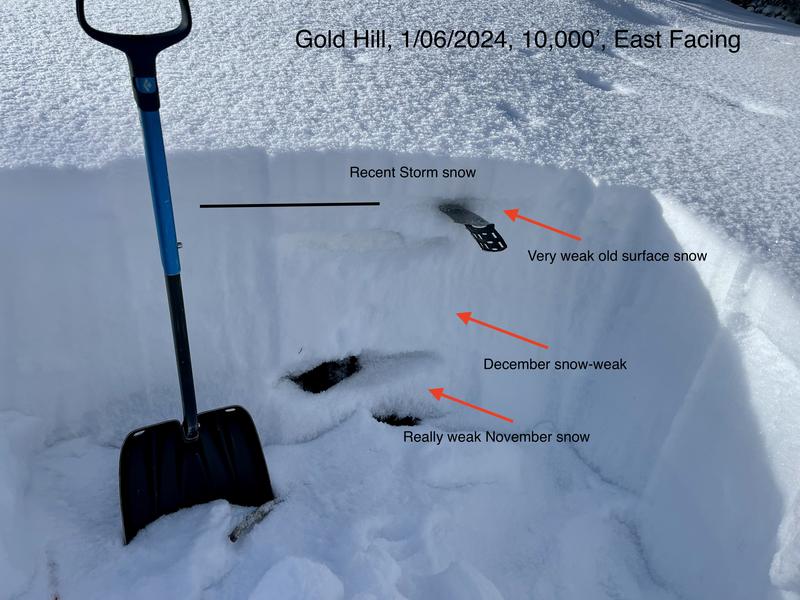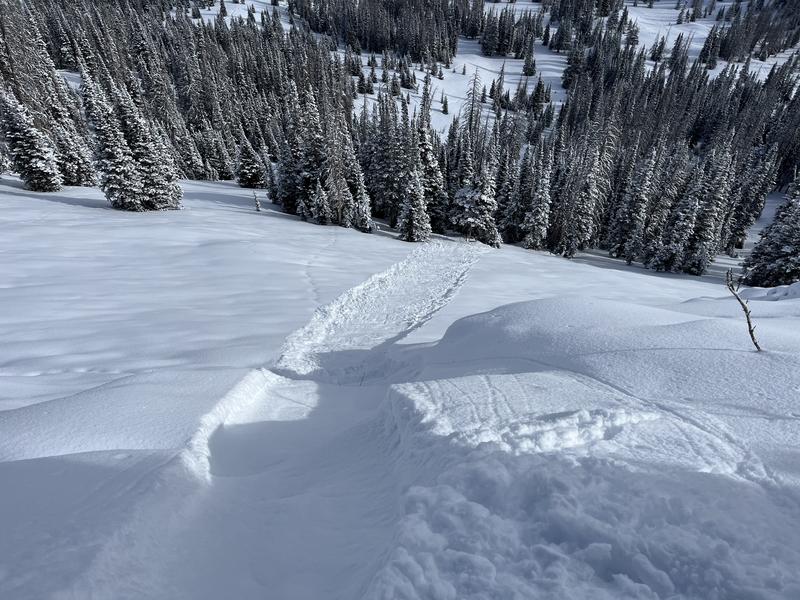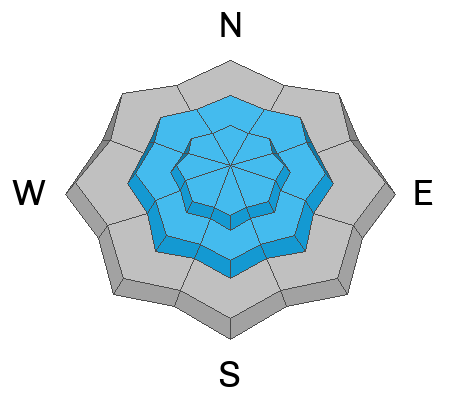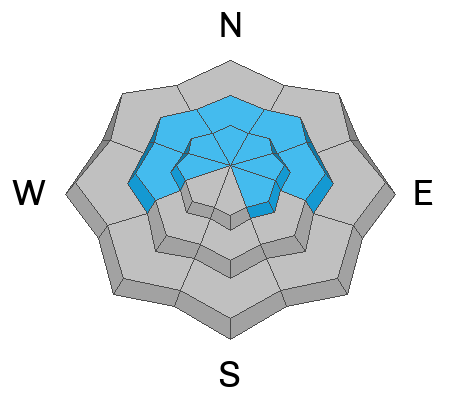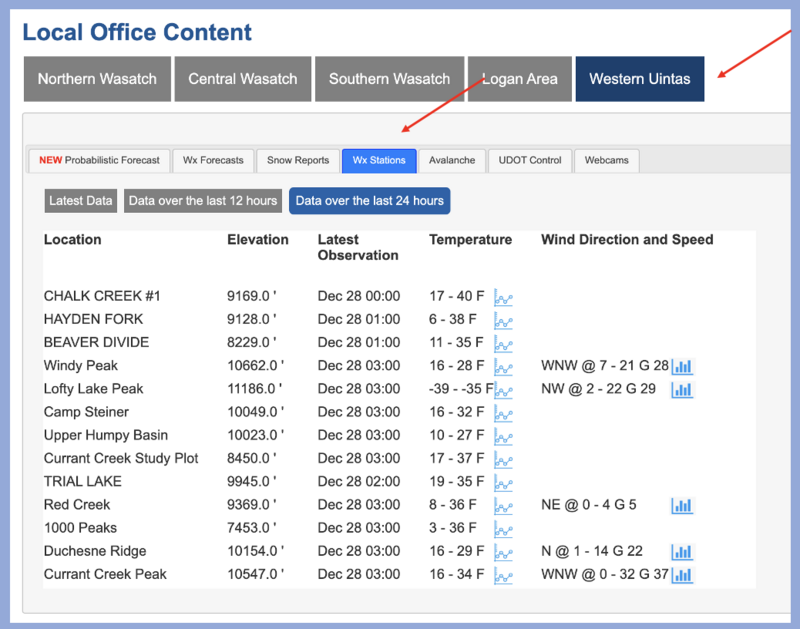Forecast for the Uintas Area Mountains

Issued by Mark Staples on
Sunday morning, January 7, 2024
Sunday morning, January 7, 2024
It's great to see winter come back with cold weather and more snow! But avalanche conditions will be changing this week depending on snowfall and wind.
Today the avalanche danger is MODERATE above and near treeline where soft slabs of wind drifted snow and sluffs of new snow are the issue. The main strategy today is to avoid pockets of wind drifted snow.
Low elevations below treeline have not received as much new snow or wind and have a LOW avalanche danger.
Lastly - don't let all the new snow fool you into forgetting that the snowpack is still quite thin. There are a lot of rocks and stumps lurking just below the surface.

Low
Moderate
Considerable
High
Extreme
Learn how to read the forecast here


